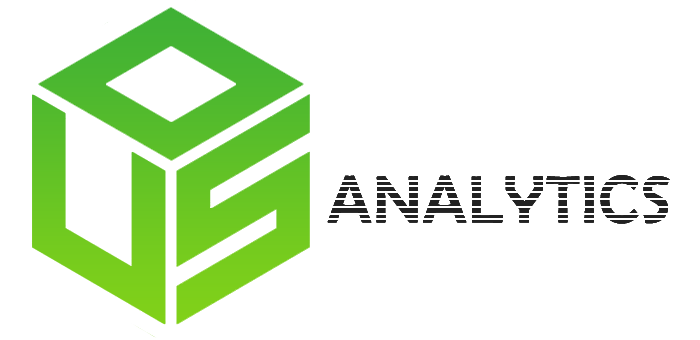Cryoglobulinemia Treatment Market Overview:
According to the USD Analytics published latest research report, the global “Cryoglobulinemia Treatment Market” is expected to grow at a tremendous CAGR of 6% during the forecast period 2023-2030.
Cryoglobulinemia is a rare condition characterized by excess cryoglobulin protein in the blood. Cryoglobulins clump together and form clusters when exposed to cooler temperatures, thickening blood plasma and obstructing normal blood flow to organs and tissues. Women are three times as likely as males to have cryoglobulinemia. Cryoglobulinemia is also linked to various other illnesses and infections, including connective tissue disease, liver disease, hepatitis C, some blood cell malignancies, and many others, increasing the need for effective therapy. Mild anti-inflammatory medicines and corticosteroid treatment may be used to treat cryoglobulinemia, which lowers the inflammatory symptoms associated with the disorder. The doctor will recommend antiviral drugs if the patient is diagnosed with HCV-related cryoglobulinemia.
Cryoglobulinemia is also treated using safe and effective biological medications to lower the immune response and decrease inflammatory symptoms. Furthermore, plasmapheresis is utilized to keep patients alive in life-threatening situations. Because the older population has a weak immune system and is more susceptible to cryoglobulinemia, the need for effective treatment is predicted to increase, providing the market with profitable growth.
Browse Full Report @ https://www.usdanalytics.com/industry-reports/cryoglobulinemia-treatment-market
Market Drivers:
The global cryoglobulinemia treatment market is expanding due to an aging population and increased prevalence of Cryoglobulinemia-related disorders. Because of their weakening immune systems, the elderly are more vulnerable to cryoglobulinemia, creating a greater need for effective therapies. Rising awareness and emphasis on this uncommon condition, as well as an increase in the number of government efforts, are further driving market expansion. Furthermore, robust R&D initiatives and rising healthcare expenditures provide chances for growth.
Market Restraints:
However, severe pharmacological effects, inadequate diagnostic procedures, and rigorous regulations may hamper the industry.
Market Challenges:
Cryoglobulinemia is an uncommon condition with a lack of particular therapy medications, restricting market expansion. Cryoglobulinemia therapy, particularly newer medicines such as biologics, is too expensive for many patients.
The market has difficulty due to a lack of knowledge and understanding of cryoglobulinemia among healthcare professionals and patients. The regulatory standards for new medications for cryoglobulinemia are severe, making developing new therapies difficult.
Recent Developments:
- In September 2021, the usual therapy for cryoglobulinemia typically involved treating the underlying illness, controlling symptoms, and addressing the blood’s abnormal proteins (cryoglobulins). The main objective is to minimize inflammation, alleviate symptoms, and avoid consequences.
Segmentation Analysis:
As per the research an analysis, the global cryoglobulinemia treatment market is segmented by type into type I cryoglobulinemia, mixed Cryoglobulinemia (Type II & Type III), essential cryoglobulinemia, secondary cryoglobulinemia; treatment type into drugs, and therapy; and by end user into hospitals, specialty clinics, and ambulatory surgical centres.
Avail Discount on Full Report @ https://www.usdanalytics.com/discount-request/7426
Cryoglobulinemia Treatment Reimbursement Practices That Encourage Hospital Development
Cryoglobulinemia is an uncommon and difficult condition requiring specialist treatment from trained medical personnel. Hospitals have a team of experts qualified to diagnose and treat Cryoglobulinemia, such as hematologists and rheumatologists.
Furthermore, hospitals give access to specialized medical facilities such as plasma exchange (plasmapheresis) devices, which are critical in treating Cryoglobulinemia.
Hospitals often participate in clinical studies for novel therapies for Cryoglobulinemia and offer patients access to these medications. Hospitals give complete care to Cryoglobulinemia patients, including symptom management, treatment of underlying diseases, and follow-up care.
Geographical Analysis:
The global cryoglobulinemia treatment market is segmented into North America, Europe, South America, Asia Pacific, and Middle East & Africa.
North America Cryoglobulinemia Treatment Market
The North American cryoglobulinemia treatment market is quickly expanding due to reasons such as the rising prevalence of the condition, breakthroughs in treatment choices, and increased knowledge and understanding of the disease. The industry is also benefitting from rising healthcare expenditure and the region’s expanding senior population.
The United States is the biggest market in North America for cryoglobulinemia therapy, followed by Canada. Factors such as the high frequency of cryoglobulinemia, the availability of improved treatment options, and the country’s high healthcare expenditure drive the market in the United States.
Download Sample Report @ https://www.usdanalytics.com/sample-request/7426
Competitive Landscape:
The key players contributing to the global cryoglobulinemia treatment market growth include Teva Pharmaceutical Industries Ltd, GlaxoSmithKline plc, HISUN USA, Emcure Pharmaceuticals, Apotex Inc, Medimetriks Pharmaceuticals, Inc, Apothecon Pharmaceuticals Pvt. Ltd, Stason Pharmaceuticals, Aspen Biopharma Labs Pvt Ltd, Extrovis, Mylan N.V, Pfizer Inc, Zhejiang Xianju Pharmaceutical Co., Ltd, Hikma Pharmaceuticals PLC, FARMHISPANIA GROUP, Sionc Pharmaceuticals Pvt. Ltd, Genentech, Inc.
Media Contact
Company Name: USD Analytics
Contact Person: Harry James
Email: Send Email
Phone: +1 213-510-3499
Country: India
Website: https://www.usdanalytics.com/industry-reports/cryoglobulinemia-treatment-market

